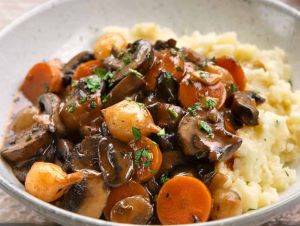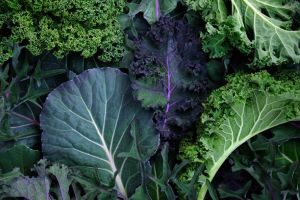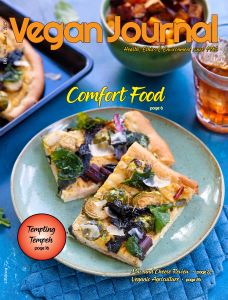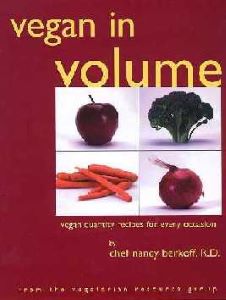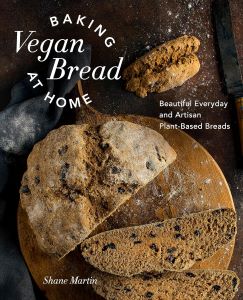Posted on
March 18, 2025 by
The VRG Blog Editor
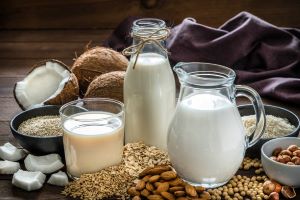
photo from iStock
by Reed Mangels, PhD, RD
While some companies use “plant-based” as a synonym for vegan, others may use it to describe a product whose main ingredients are plants but that could also contain animal-derived ingredients. We were curious about how companies were identifying their products. Were they saying they were vegan? Plant-based? Plant-based and vegan?
As a part of a larger project looking at plant milks, we checked websites to see if products were identified as “vegan,” “plant-based,” or something else. We looked at 51 brands whose products included soymilks, grain-based milks, pea protein-based milks, nut milks, seed milks, and coconut milks. Since some products are only available in a limited part of the United States, we relied on website information and did not look at package labels unless a picture of the package was included on the company’s website.
Information was collected in 2024 and verified in early 2025. Some websites were straight-forward, and it was easy to see if they described their products as vegan. In other cases, we searched areas included “About Us” and “FAQs” to see if products were described as vegan.
Overall, we found that 32 of the 51 brands (63%) that we examined said their plant milks were vegan and one said their plant milks were vegan-friendly. Of the remaining 19 brands, 13 described products as plant-based but did not specifically say they were vegan (25% of all brands). In many cases, products appeared to be vegan with short lists of ingredients, none of which would be animal-derived. Four brands (8%) did not say they were vegan or plant-based but indicated that they were dairy-free or non-dairy. One of these brands contained honey. One brand did not indicate that it was vegan, plant-based, dairy-free, or non-dairy.
Out of 51 brands:
- 33 identified their plant milks as vegan or vegan-friendly
- 28 identified their plant milks as plant-based
- 36 identified their plant milks as non-dairy or dairy-free
- 1 did not identify their plant milks as vegan, vegan-friendly, plant-based, non-dairy, or dairy-free
There was some overlap of categories with some brands using more than one term to identify their plant milks.
We don’t know why companies choose to identify or not identify a product as “vegan.” If you are curious about a specific product, and whether it is vegan, contact the company.
Thank you to VRG interns Aashay Mody, Ren Patel, and Neha Vivek and VRG volunteer Mae Y. Soon who collected information for this article.
We often depend on product and ingredient information from company statements. It is impossible to be 100% sure about a statement, info can change, people have different views, and mistakes can be made. Please use your best judgment about whether a product is suitable for you. To be sure, do further research or confirmation on your own.
To read more about the phrase “plant-based” see:
What Does Plant-based Actually Mean?
What Does Plant-based Mean to the Public?
For information about plant milks see: Milk Alternatives

